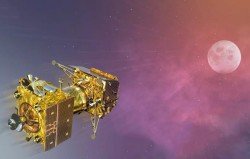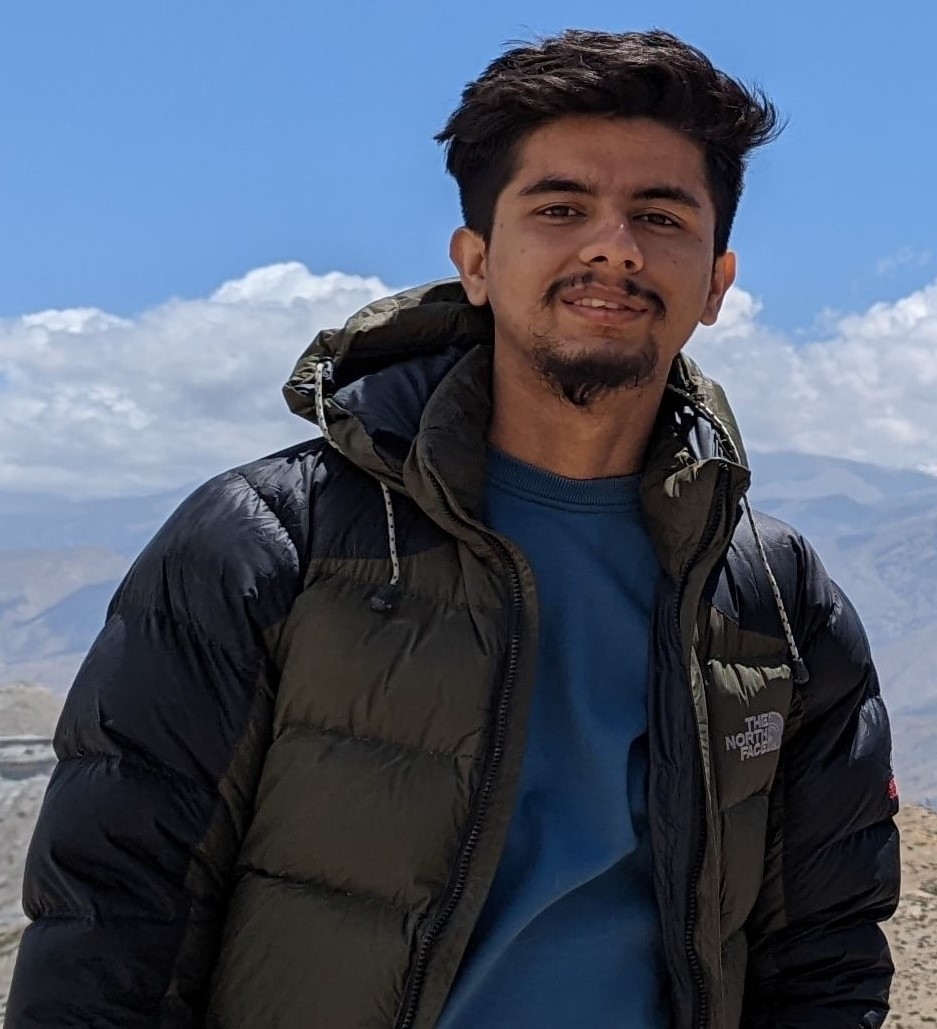Science & Technology
Prime Minister Pushpa Kamal Dahal Prachanda has expressed sorrow over the loss of lives in Turkey and Syria following a powerful earthquake that rocked the region early on Monday.
As the death toll continues to go up, parallels can be drawn between the latest earthquake and the 2015 earthquake in Nepal that claimed the lives of 9,000 people.
Although geology of the two regions varies with some similarities, a Nepali seismologist notes, there is at least one striking similarity. Both earthquakes measured magnitude 7.8.
Also, the depth of hypocentres – the exact location under the ground where the earthquake occurred – appeared similar. While the Turkey-Syria earthquake was recorded at a depth of depth of around 10 kilometres, the 2015 Gorkha earthquake was recorded slightly deeper, at a depth of around 15 kilometres.
“We can’t say for sure how similar are the geologies of the two regions – Nepal and Turkey without doing further research,” said Bharat Prasad Koirala, senior seismologist at Nepal Earthquake Monitoring and Research Center. “What is similar at this stage is the magnitude of today’s earthquake and the 2015 Gorkha earthquake. But no further correlation can be drawn based on their similar magnitudes at this time.”
Turkey is over 4000km away from Nepal by air. But a quick research shows that the Nepal and Turkey share some other similarities as well when it comes to earthquakes which can naturally occur either by volcanic reasons or by tectonic plate shifts.
Interestingly, both countries sit above the meeting line of geological tectonic plates.
The outer solid part of the earth is made up of seven large masses of land technically called tectonic plates which seemingly float over magma deep inside the earth.
When the plates lock into one another, energy accumulation begins. And when the energy is released, it generates huge ripples which are known as earthquakes.
1675685108.jpg)
Nepal lies in the tectonic boundary of the Indian Plate and the Eurasian Plate, whereas Turkey and neighbouring Syria are located in an area where four tectonic plates meet. They are the African, Arabian, Anatolian, and Eurasian plates.
The movement of the plates creates three types of tectonic boundaries: convergent, where plates move into one another; divergent, where plates move apart; and transform, where plates move sideways in relation to each other.
And the cause of earthquakes in both Nepal and Turkey-Syria is the converging tectonic plates. The African and Arabian Plates are undergoing subduction under the Eurasian plate and the Anatolian plate is pushed westward producing earthquakes in Turkey as said by TRT World - a Turkish public broadcaster, whereas, in Nepal’s case, the Indian plate is subsiding under Eurasian Plate.
This plate subsidence has created a mountain chain in Turkey and Syria just like the Himalayas in Nepal. This is, in fact, a continuous mountain chain extending from the Atlantic Ocean to the Himalayan mountain including the European Alps.
What to do and what not to do during earthquakes:
- Drop to the ground; take cover by getting under a sturdy table or other pieces of furniture; and hold on until the shaking stops. If there is no table or desk near you, cover your face and head with your arms and crouch in an inside corner of the building.
- Protect yourself by staying under the lintel of an inner door, in the corner of a room, under a table, or even under a bed.
- Stay away from glass, windows, outside doors and walls, and anything that could fall, (such as lighting fixtures or furniture).
- If outdoors, do not move from where you are. However, move away from buildings, trees, streetlights, and utility wires.
- If you are trapped, stay calm. Try to get someone’s attention by tapping on hard or metal parts of the structure. Doing so may increase your chances of being rescued.
Also read: All you need to know about Doti earthquake - and more
Also read: Earthquake: Why Nepal experiences frequent tremors?






